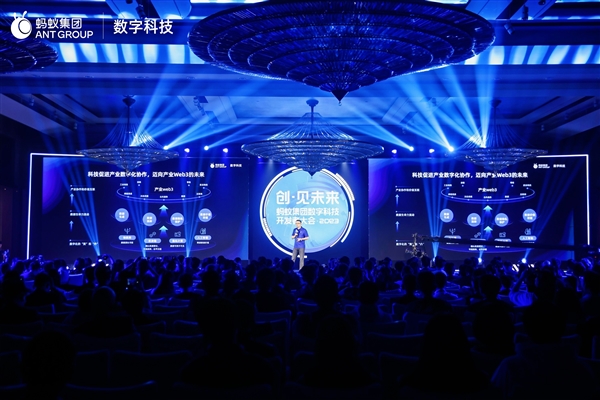
Picture this: you wake up, open your laptop, and start trading—not with your own money, but with a firm’s capital. You keep most of the profits, hand over a small cut to the firm, and move on with your day. That’s the promise of prop trading. But here’s the kicker: not all firms split the profits the same way. Some let you keep 80% or even 90%, while others cap you at 50–60%. If you’re serious about making the most of each winning trade, knowing which firms offer the highest profit splits is as crucial as having the right strategy. Think of it as finding the right teammate—they provide the funding, you provide the skill, and the deal determines how sweet your payday can be.
When people talk about high profit splits in prop trading, they’re basically talking about leverage in the relationship between trader and firm. A split like 90/10 means you keep 90% of net profits and the firm keeps 10%. Sounds simple, but the structure can get tricky once funding tiers, scaling, performance milestones, and withdrawal rules kick in.
Some firms start you out at 80% and bump it to 90% if you pass certain profit thresholds. Others keep the split high from day one but demand tighter risk controls. It’s a balancing act between generosity and protection—high splits are great, but they need to be paired with realistic trading parameters.
Certain names consistently pop up in trader circles when talking about generous profit sharing:
These aren’t endorsements, but examples of where traders have found generous terms in real programs, paired with transparent rules.
The best firms understand that traders today aren’t just sticking to one market like old-school stock pit traders. They open the door to forex, stocks, crypto, indices, commodities, and even options. For example:
With the rise of decentralized finance (DeFi), we’re seeing trading platforms experiment with integrating on-chain assets into funded setups. That comes with challenges—security risk, liquidity fragmentation—but it’s a frontier worth watching.
A high profit split is meaningless if you can’t hit consistent returns. Smart traders approach it with a mix of risk management, diversification, and adaptability:
Think of the split as a bonus for consistency, not a shortcut to riches. A 90% share of $10,000 profit beats a 50% share of $500 every time, but only if you stay inside the rules.
Prop trading is evolving fast. Decentralized finance is opening opportunities for global capital access without traditional gatekeepers. Smart contracts could automate profit sharing in real-time, removing delays and disputes. Artificial intelligence is increasingly being used for predictive analytics, risk alerts, and even trade execution assistance.
In the near future, the firm offering “the highest profit split” might not be a company—it could be an algorithm running on a blockchain, pairing high-performing traders with pools of capital instantly. AI-driven prop firms could adjust splits dynamically based on risk-adjusted performance—a win-win for both sides.
Slogan for traders on the hunt: “Trade their money. Keep your profits. Make every split count.”
High splits aren’t just numbers—they’re incentives. They tell you the firm values your skill enough to give you the lion’s share. Whether you’re trading euro pairs at 3 a.m., chasing a crypto breakout, or capturing a commodities swing, the right split, the right partner, and the right strategy can turn trading talent into a consistent paycheck.
If you want, I can also make a comparison chart of top prop firms and their profit splits so the article works even better as a conversion landing page. Should I add that?